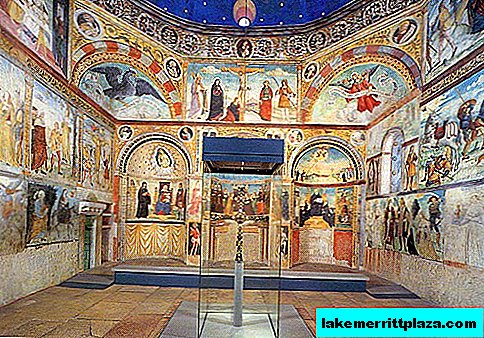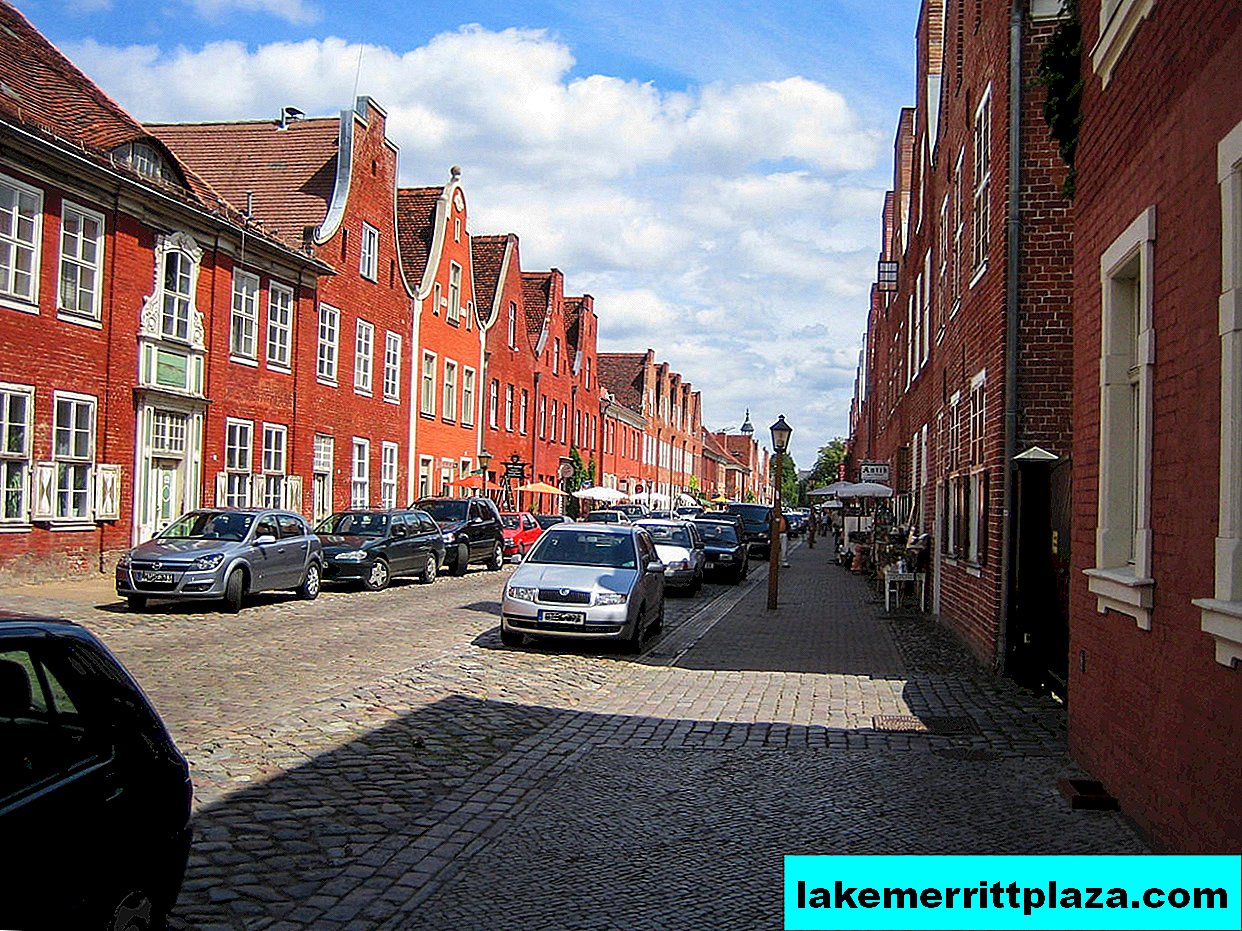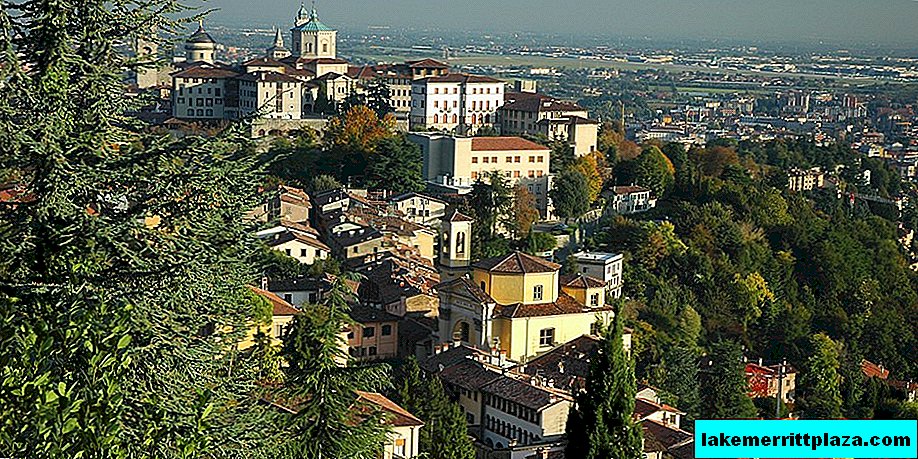For the first time, fate brought us to Sofia on the island of Sicily. We both did a report from one religious holiday, as Sofia is also a professional photographer, and I admit, she is very good. She was born in Belgium, but currently lives in the country of banks - Switzerland. At that time, Sofia was the bride of Jean-Pierre, a London financier of Egyptian descent who loves Italian wines.
A few months later, Sofia called me asking for a report from their future wedding with Jean-Pierre. The wedding was planned for the end of summer in Italy, in sunny Umbria.
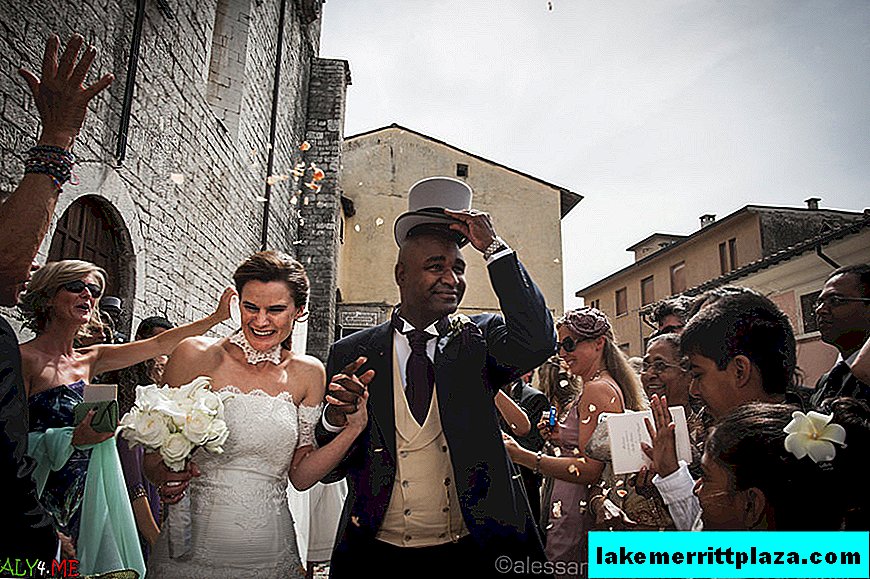
The first thought that came to my mind was: “Wow, that sounds really cool!” Of course, I agreed without hesitation, because I knew that this would be a very special wedding, and many guests would specially fly from all over the world.
In addition, they chose a very good location in Umbria - the abbey of San Pietro in Valle (Abbey of San Pietro in Valle) in the authentic Italian town of Ferentillo (Ferentillo), located about 130 kilometers from the capital of Italy.
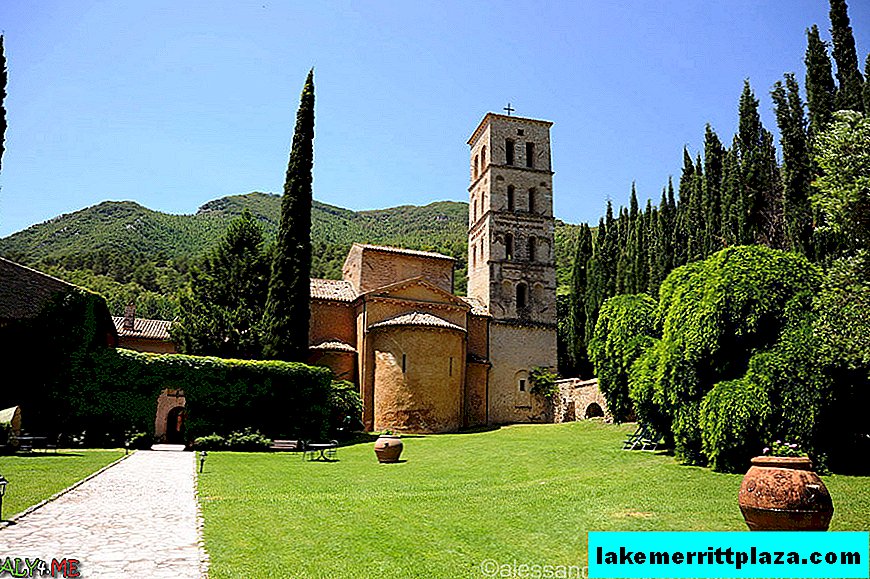
It was decided to entrust the ceremony to Father Quigley from Ireland, and the church of San Francesco in the village of Piedilucco, located on the shores of the lake of the same name, a few kilometers from Ferentillo, was chosen as the venue for the wedding ceremony.
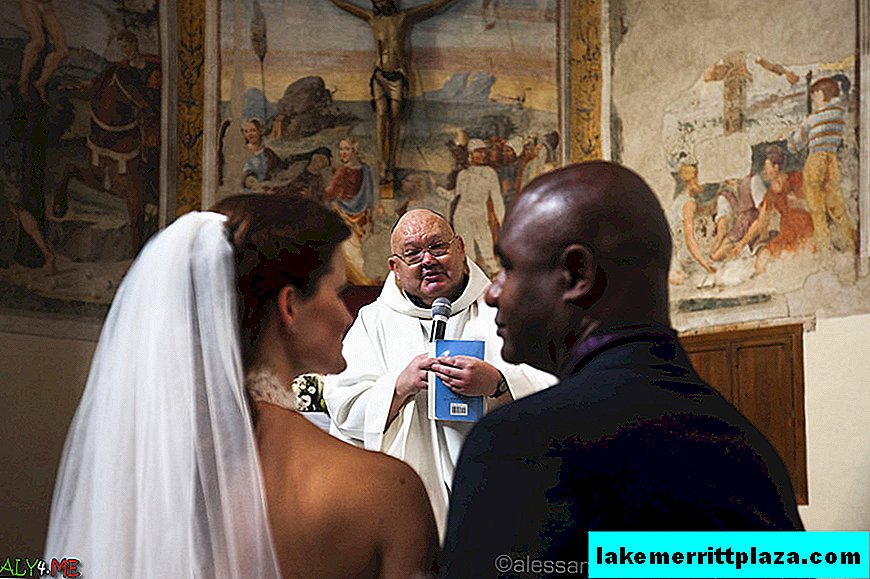
Of course, in order to organize a wedding abroad in Italy, Sophie and Jean-Pierre had to make several preliminary trips to the abbey. On one of my visits, I also arrived in San Pietro in Valle to discuss the latest nuances of a wedding day with young people. That day we had about half an hour for a pre-wedding photo shoot in the fabulous gardens of the abbey. It was an extraordinary and very useful experience for me, which helped to get to know the couple better and to visit the places where the wedding will take place in advance.
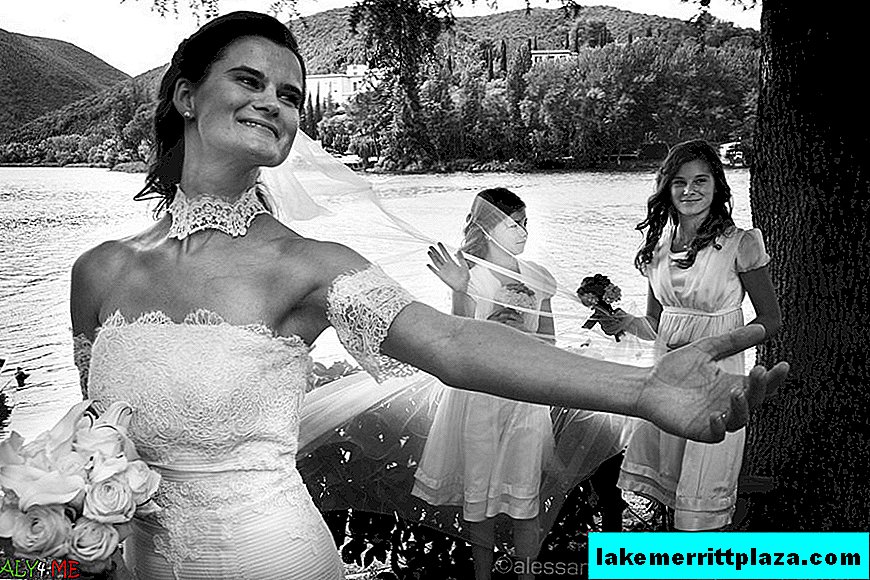
Having considered all the options and possible dates, Sofia and Jean-Pierre decided to get married in early September, at the very end of the summer season in Italy. The day before the celebration, all friends and guests gathered for a traditional dinner before the wedding. I also happily joined them late in the evening with my second photographer Danielle.
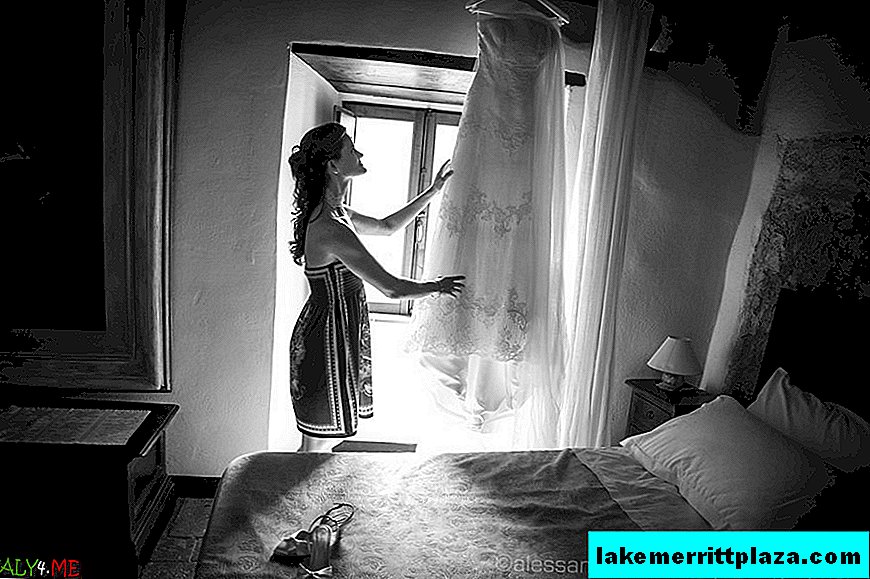
On the wedding day, we started working from 9am. I went to photograph the bride’s preparations, and my colleague went to Jean-Pierre to make a report about his last bachelor morning.
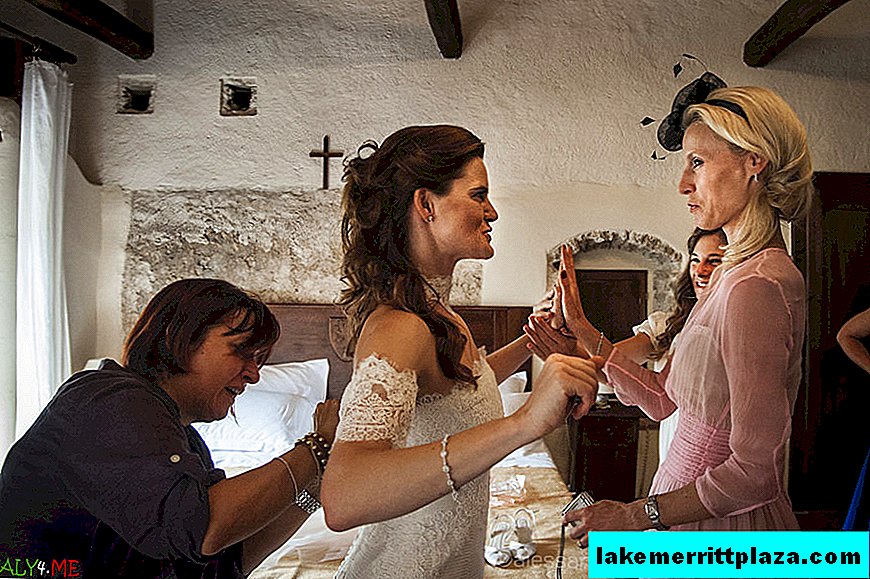
From the first moments I spent with Sofia on this crazy day, I noticed how big and good her family is. Two sisters and a brother, as well as some nephews - all revolved around her! But who surprised me the most was Sophie's father. He is such a kind and sentimental person, and he really was very worried and worried every time he looked at his youngest daughter.

Indeed, for parents, children always remain children. The photograph in which brother embraces Sophie, and their father looks at his children with love, perfectly reflects his feelings and mood throughout the evening.
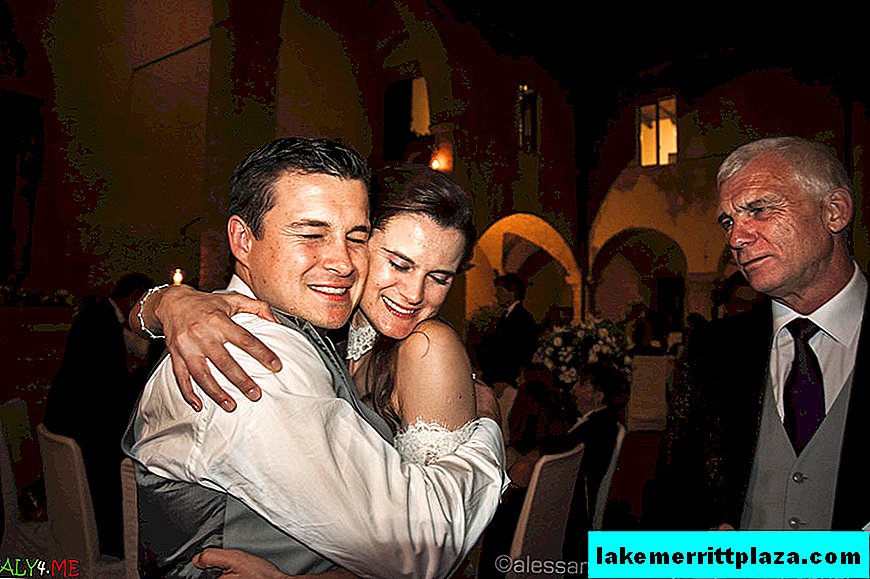
Catching such precious moments for any family is one of my main tasks when shooting a wedding. Indeed, it is precisely such photographs that will cause tears of happiness even after many years.
I also remembered this wedding as one of the richest in terms of various settings and situations. It was brilliant!

The history of the San Pietro in Valle abbey dates back to the Middle Ages, and to this day you can admire the frescoes and works of Renaissance art located on its territory.
For example, the Church of St. Francesco, which hosted the wedding ceremony, is located in the village of Piedilucco (Piediluco), with only 523 inhabitants, and is one of the best examples of 13th-century Gothic church architecture in central Italy. It has a very special, I’m not afraid of the word magical light inside, which is very important for any photographer!

What was really cool and unique was the dresses of the bridesmaids and the costumes of the friends of the groom. The wedding was in an impromptu English style, so the two brothers Jean-Pierre and his four best friends were dressed with frock coats and top hats.
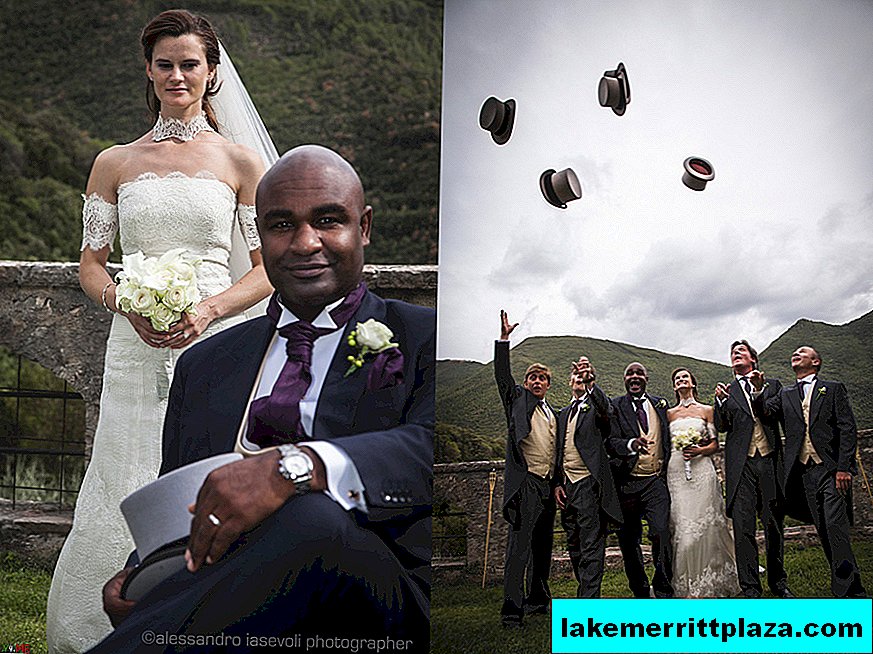
This is a terrific gift for the photographer! In addition, bridesmaids dresses were chosen in accordance with the color style of the wedding.
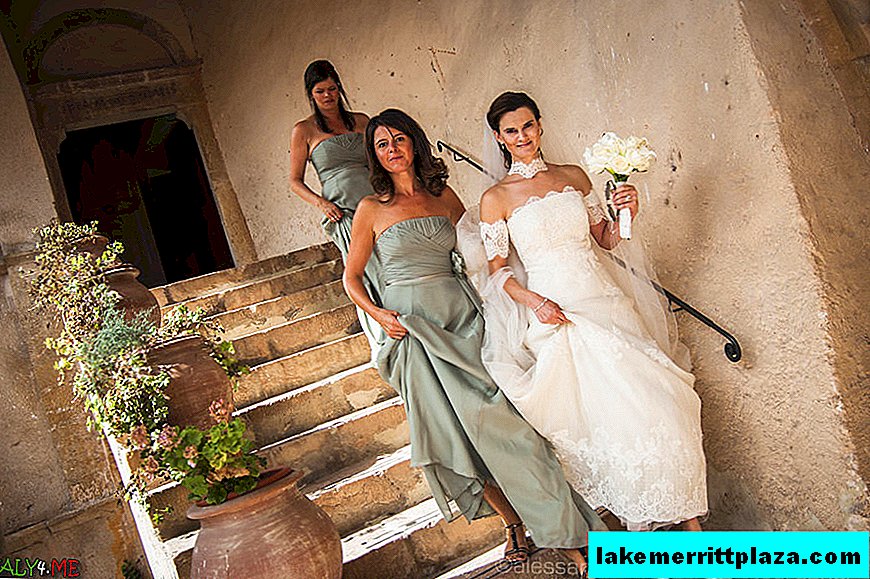
After the ceremony and the special blessing of the priest in the small chapel, we held a photo session only for the bride and groom in the abbey’s garden. On this not very sunny day, the sky was slightly cloudy, which is not typical for Italy at this time of year. Small clouds and diffused light gave us the opportunity to avoid harsh contrasting shadows on our faces, and that was very handy!
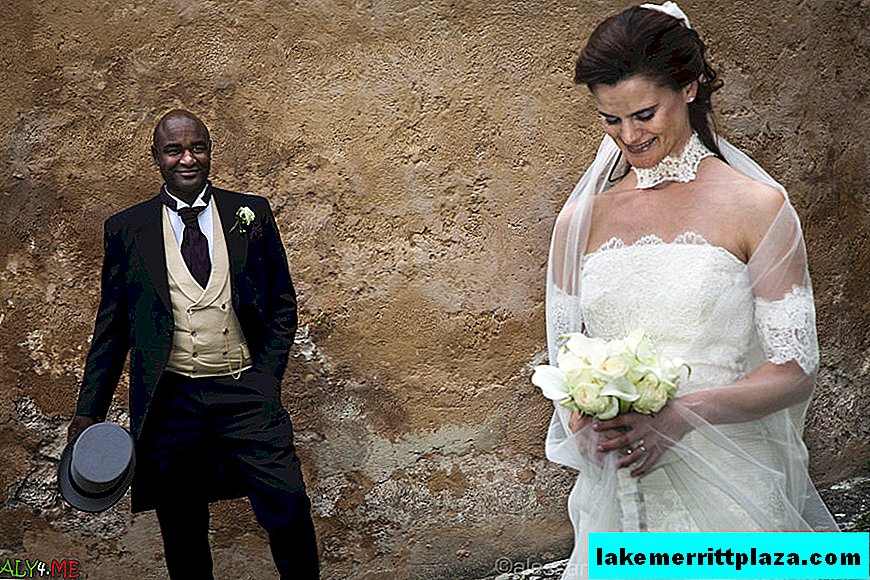
A chic dinner and a party held in a fantastic location at the abbey were truly unforgettable. Right after dinner, Danielle and I continued to take pictures and capture the most sincere and fun moments of the evening until the last dance.

After such ambitious projects and filming for 12-16 hours, you feel completely exhausted, but believe me it's worth it, because in the end it was an amazing wedding!
- Photos and text: Alessandro Iasevoli specifically for Italy4.me
- Official website of the photographer www.grammaphoto.com

